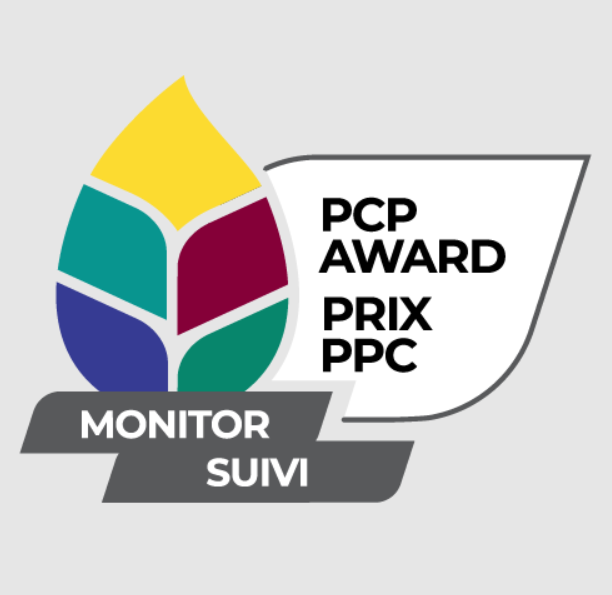
A robust implementation and monitoring plan is critical to ensure that the Climate Action Big Moves Strategy becomes effectively operationalized.
The RMOW will lead by example on climate in its own planning and projects, as well as aligning its land use, community and transportation planning processes to deliver the climate targets. Successful implementation of this strategy will include the following planning priorities:
- A comprehensive 5-year multi-departmental implementation and financial plan will be developed for the proposed Big Moves and the related Key Initiatives. When developing the strategy, the available regulatory, financial and advocacy tools within the RMOW will be assessed and financial impacts (costs and savings) for RMOW residents and businesses will be taken into account. Local actions within direct RMOW authority will be prioritized in the 5- year financial plan to reflect RMOW’s commitment to act on climate change;
- Whistler’s annual Energy and GHG Inventory Report will continue to be used as a key monitoring tool. Progress towards achieving the Climate Action Big Moves goals will be combined with the report on the annual GHG emissions and energy performance report. Note that the CECAP mitigation actions are incorporated into the Big Moves strategy and it is recommended that future reporting share progress on the Big Moves implementation;
- Accountability will be ensured by embedding climate action into municipal decision making in alignment with the OCP goal 10.1. A GHG impact tool is under development to inform on climate strategy alignment of proposed RMOW projects and processes, and to embed climate action into the annual RMOW budget process;
- An RMOW staff Climate Innovation Working Group has been formed with the purpose to provide a vehicle of communication between departments on actions that strategically support the implementation of the Climate Action Big Moves Strategy and its specific objectives;
- The Carbon Neutral Operations Plan will be updated to align RMOW action with the Big Moves strategy and demonstrate RMOW leadership;
- The Green Building Policy will be updated to align RMOW action with Big Moves 4 and 5;
- The RMOW procurement policy will be updated to include climate and social procurement guidelines to demonstrate RMOW commitment to developing, and embedding social and environmental/climate values articulated in the OCP into procurement processes
- The 2030 target will be included as one of the metrics tracking progress towards the vision in the Official Community Plan; and
- Strategic partnerships will be formed to lobby the provincial government for additional municipal to implement climate – and environment-related regulations and bylaws
Tracking performance: energy use and GHG emissions
The Resort Municipality of Whistler (RMOW) has been committed to measuring the community’s energy and greenhouse gas (GHG) emission footprint since 2000.
The current community data set includes performance insights, trends and detailed estimates. See the monitoring data results.
The vast majority (90 per cent) of Whistler’s emissions are from vehicle transport and natural gas usage in the built environment. Personal transport within Whistler is the biggest source of GHG emissions, accounting for 56 per cent of total emissions. Emissions have declined by 6 per cent in the buildings sector since 2007 but they still account for 34 per cent of Whistler’s emissions, with commercial buildings representing 24 per cent and residential buildings 11% of the total. The waste sector is Whistler’s best performing sector reducing emissions by 90 per cent since 2005. There are a wide variety of sustainable transportation options in Whistler.
Even with the increased urgency to address climate change, we are unfortunately not on track to achieve our existing climate targets which are set at achieving reductions of 33% by 2020, 80% by 2050, and 90% by 2060 – all below 2007 levels. As we increase our efforts, we need a target that is in the nearer term to motivate action and increase accountability.
The recommended 2030 target for Whistler is a 50% GHG reduction below 2007 emissions, meaning that by 2030, emissions are capped at 66,000 t-CO2e.
Partners for climate protection
The RMOW is participant in the Partners for Climate Protection (PCP) program, a national network of over 400 Canadian municipalities with the shared goal of taking positive climate action and reducing local GHG emissions.
The RMOW has achieved PCP Milestone 5, the final step in the program’s milestone framework. Milestone 5 guides local governments to asses the progress they’ve made towards emissions reduction goals set in Milestone 2 and to reassess the strategic direction of the local climate action plan they’ve created and implemented.

Each year the RMOW reports on the energy and GHG emissions performance for the Whistler community as well as the RMOW’s internal corporate operations.
The reports include performance data, key trends and insights, as well as benchmarks on performance against council-adopted targets. These reports are intended to support and inform the strategic management of energy and climate-changing emissions across the community.
Between 2018 and 2020, quarterly updates to the Community Energy and Climate Action Plan (CECAP) were available to track progress. Since 2020, these updates are included in the Annual Report.
The Local Government Climate Action Program (LGCAP) provides local governments and Modern Treaty Nations with funding to support the implementation of local climate action that reduces emissions and prepares communities for the impacts of the changing climate.
As part of our commitment to the BC Climate Action Charter, we publish our annual reports:
Previous CARIP reports:
Contact
Climate and Environment
climatechange@whistler.ca


